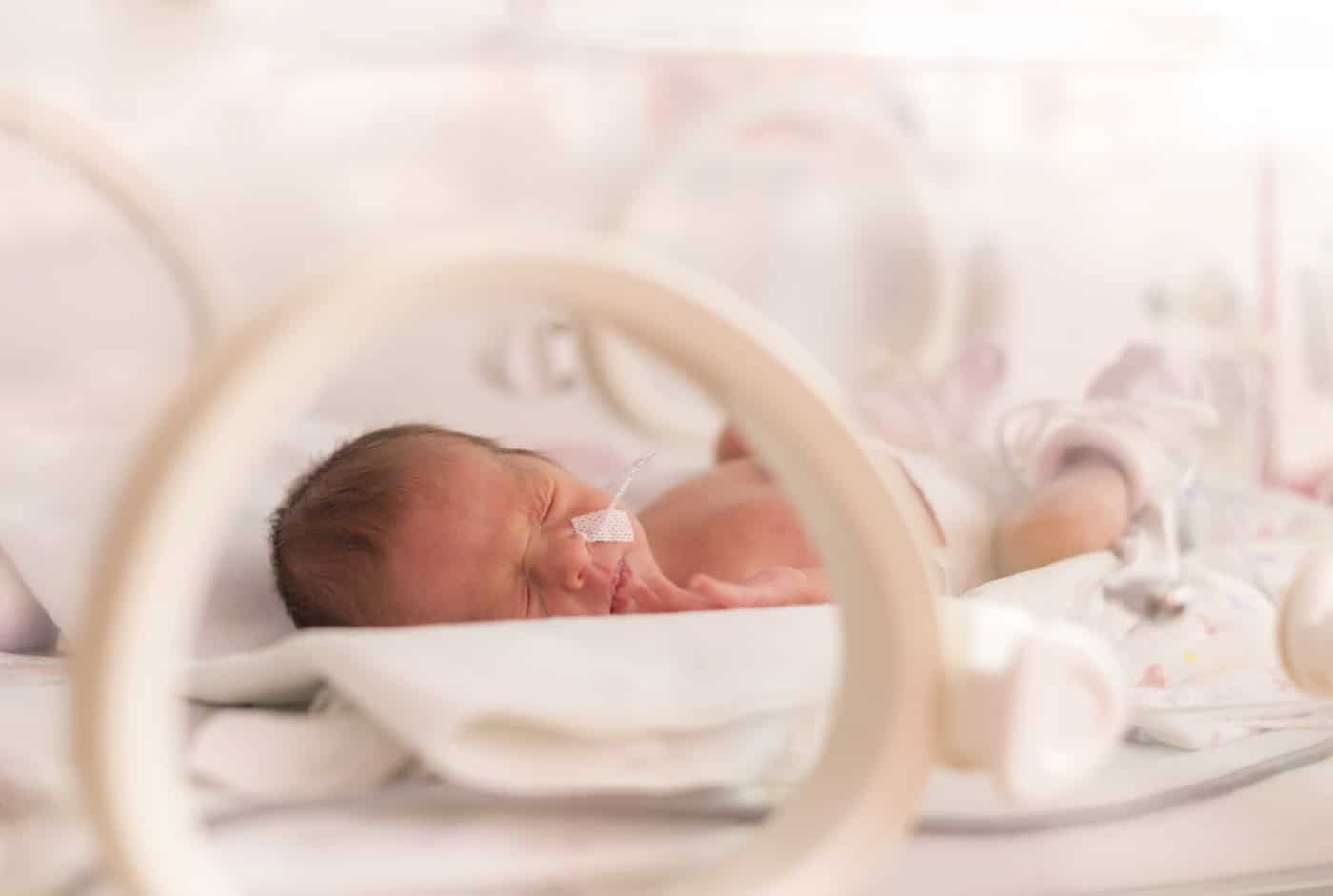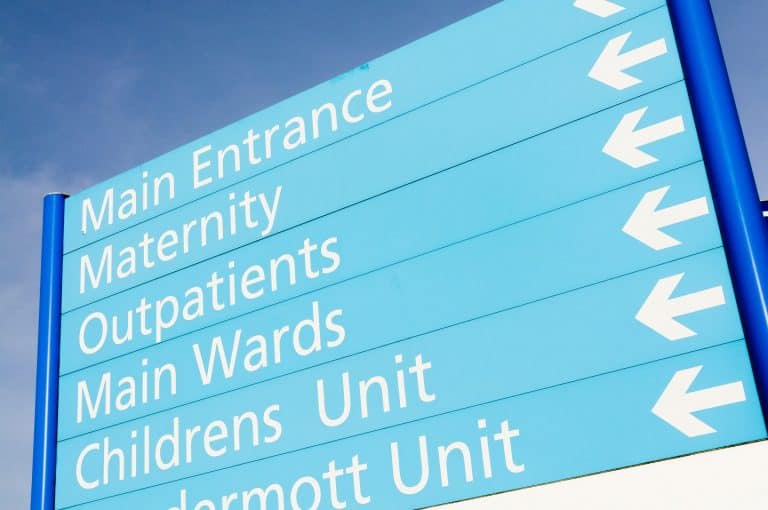
The NHS Early Notification Scheme – Successes, Concerns and Your Rights
Thousands of babies are born in the UK every year. On average, five in every 1,000 babies will suffer from a brain injury that occurred during or soon after birth. Sadly, for many of these babies, their brain injury could have been avoided.
The NHS is a wonderful institution, but like all professional people, NHS staff are not immune to making mistakes and when they happen, the impact on a baby can be catastrophic. The NHS pays out millions of pounds in compensation every year in response to claims made against them for clinical negligence. Obstetric claims, i.e., cases where there have been failings in the care provided to mothers and babies during pregnancy and labour, including claims for brain injured babies, account for 50% of the total value of all new claims reported. The cost of pay outs in clinical negligence claims is now increasing at a faster rate year on year than NHS funding.
The purpose of this blog is to consider the Early Notification Scheme which was developed by NHS Resolution, the public body which assists the NHS with resolving legal disputes, to address the rising costs of these claims and to improve obstetric care for mothers and babies.
The Scheme
My colleague, Mollie Benjamin, considered the government’s proposals for the Early Notification Scheme in her blog in March 2018. Now up and running, the scheme has 129 members, all of which are NHS Trusts across England and Wales. The scheme requires the Trusts to report incidents in maternity care where a baby is born at term and is diagnosed with a potentially severe brain injury either at birth or within the first seven days of life.
Under the scheme, incidents must be reported where the baby is:
- Diagnosed with hypoxic ischaemic encephalopathy (Grade III;) or
- Therapeutically cooled; or
- Has decreased central tone, was comatose and experienced seizures
The scheme is founded on the principle that by investigating cases of child brain injury early, any failings present in the maternity care are identified in good time and can be swiftly addressed. Where care is found to have been negligent, the scheme advises its members to issue an apology and implement preventative measures to ensure that the identified failings do not reoccur.
Where negligence is found, steps are taken by solicitors acting for NHS Resolution to provide compensation to the injured child. Essentially, the purpose of the scheme is to direct families away from bringing their own legal claims against the negligent Trust. Keeping and settling claims within the NHS will reduce the amounts paid out in both compensation and legal fees stemming from litigation for child brain injury claims. Whilst this is arguably in the best interests of NHS Resolution, further consideration of whether this is in the injured baby’s best interests is discussed below.
How the Scheme Works
The Trust must report the maternity incident to NHS Resolution within 30 days. The Trust must risk assess the incident, evaluating the standard of care that was afforded to mother and baby. Where the Trust advises that the care was likely to have fallen below a reasonable standard, panel solicitors are appointed on behalf of NHS Resolution to investigate liability.
To assist with their investigations, medical experts in midwifery, obstetrics and neonatology are instructed to provide evidence on the care given to mother and baby. These experts are sent up to five hundred pages of the medical records relating to the case. They produce a brief summary of the case, commenting on the care that was given and whether it was of a reasonable standard.
A barrister is then instructed on behalf of NHS Resolution and a meeting known as a case conference is held with the barrister and the three medical experts, to discuss the expert evidence obtained. Often, multiple cases are discussed at these conferences. Case specific discussions typically last between 60 and 90 minutes. After the conference, NHS Resolution are updated on the experts’ conclusions.
If the medical expert evidence advises that the care afforded to mother and baby fell below a reasonable standard, a formal admission of liability is made to the family of the injured baby. If the evidence suggests that the care was reasonable, this is discussed with the family and NHS Resolution close the case.
The Scheme’s Successes
In September 2019, NHS Resolution published a progress report considering the 746 cases that had been referred to the scheme. As of September 2019, of those 746 cases, early admissions of liability were made to the families of only 24 babies. In theory, those families will have received an apology. According to the progress report, financial assistance has been provided in some of the cases so that families can fund care, therapy and equipment to meet their child’s complex care needs.
Analysis of these 746 cases has identified common issues within maternity care that are deficient at Trusts across the country. These include failures to monitor the baby’s heart rate and problems with delivery of the baby’s head during caesarean sections. Understanding these deficiencies means that theoretically, Trusts can implement steps that lead to a reduction in the number of babies being born with brain injuries.
Concerns
From my perspective as a specialist child brain injury solicitor, the fact that the scheme is attempting to address the cause of brain injuries in children at and after birth is positive. It is vital that where mistakes have been made, they are quickly identified and measures put in place to ensure they are not repeated. However, the speed at which the scheme is purportedly resolving these claims is worrying for a number of reasons and there is a very real risk that brain-injured children will be under-compensated, meaning they are left with insufficient funds to properly meet their complex needs.
Brain injuries are incredibly complex. They evolve over time, they develop and they manifest in a variety of ways. Some injuries caused at or after birth are often not apparent until months and years later, often when a child starts to lag behind their peers. Subsequently, it can be very difficult to accurately assess the true nature and extent of a child’s injury, how it will impact their life and consequently, what the child’s care, therapy, education, housing and equipment needs will be until the child reaches adolescence or in some cases early adulthood. Until the child reaches these stages, it is impossible to properly quantify how much compensation will be required to meet the child’s needs for life. There is a clear risk that the child’s compensation claim will be under settled through the scheme. In other words, they will not receive the right amount of compensation they need to flourish post injury. This will mean they may need to rely on an already straining benefits system, which will never ultimately be able to meet their complex needs.
Is the Scheme Cutting Corners?
Considering the nature and extent of a brain injury and the impact it will have on the child’s life requires medical evidence from experienced experts in a multitude of disciplines. The complexity of such an injury means that liability investigations are not something that can be reduced to five hundred pages of medical records and a 90 minute conference with a barrister and three experts.
When we investigate brain injury claims for our clients, we have to review thousands of pages of records, relating to both mother and child. We consider all of the antenatal and labour records and all of the records that relate to the child’s injuries. As claims progress, we make a point of requesting updating medical records at regular intervals, so that we can monitor a client’s condition and progress and ensure we are aware of all of the injuries and ongoing symptoms, even those that can be subtle, such as changes in behaviour. We can then discuss these injuries and symptoms with our experts to establish the best course of action going forward in terms of rehabilitation and support. It is also commonplace to hold multiple conferences with our experts and our barristers over the lifetime of a case so that all issues can be discussed collaboratively. These conferences allow us to adopt an individual tailored strategy for each one of our clients so that we achieve the best outcome for them.
The Importance of Medical Expert Evidence
Independent medical expert input is vital when considering whether anyone was at fault in cases of clinical negligence. Solicitors acting for claimants in brain injury cases will instruct several medical experts throughout the lifetime of a claim. In particular, a great deal of significance is attached to the views of both neuroradiologists and neurologists. Neuroradiologists are doctors who are specially trained to analyse the results of brain scans to establish the extent, cause and timing of any visible injury. Their input, alongside that of neurologists (who treat disorders that impact on the brain), is invaluable when trying to understand the nature and extent of a brain injury. We have been advised that under the scheme, NHS Resolution are not instructing neuroradiologists or neurologists to assist them with their liability investigations but instead are cutting costs by solely relying on the opinions of experts in midwifery, obstetrics and neonatology. Whilst these expert opinions will be helpful, their understanding of the medicine is limited to their specific areas of expertise.
Lack of Family Involvement
Another concern with the scheme is the lack of family involvement throughout the process. When we take on a new case, we speak to the families of the injured child early on, so that we can build up a true picture of what happened. Evidence of the mother’s labour and the child’s birth should be documented in medical records but from experience, this is often not the case. Medical records frequently contain gaps and missed entries. Sometimes entries are entirely illegible, often because they are written in haste. Antenatal records from midwifery appointments can be brief and undated.
Whilst medical records form important evidence, they cannot be relied on to provide a complete picture of the mother’s pregnancy or labour. A complete picture can only be understood if evidence is also collected from the mother herself and her partner or birthing partner. It is also beneficial if statements are taken from the staff that were treating the mother and baby. The scheme’s decision to omit evidence from treating staff and the mother and her family can mean that the experts examining the case will not have all of the information required to fully establish the events that took place and that led to the brain injury.
Cutting corners by reducing the volume of medical records disclosed to experts, not obtaining key opinions from experts and detailed statements from witnesses and limiting complex matters to a single 90 minute conference will almost certainly mean that crucial elements of a case will not be thoroughly reviewed and at worst, could be missed.
Calculating the Damages
Finally, in cases where NHS Resolution are making formal admissions of liability, they are then instructing solicitors from their own panel to calculate the amount of damages payable in compensation. Solicitors have a duty to act in the best interests of their clients. This means that when quantifying claims, these solicitors will not be working to achieve the best outcome for the injured child but instead will be looking for the most cost-effective way to settle the claim for their client, NHS Resolution. Allowing NHS Resolution the right to calculate the damages payable, without allowing the child to have their own legal representation from someone committed to acting in their best interests means that all elements of the claim including care, future treatment and therapy could be compromised to the detriment of the injured child.
The scheme is still in its infancy and only time will tell whether it has managed to improve obstetric care for mothers and babies. The concept behind the scheme is well principled but as a child brain injury solicitor, the scheme’s many flaws are genuinely concerning and give rise to serious reservations as to whether it truly serves those who are injured as a result of clinical negligence.
Advice for Families – Your Rights
If your child falls under the scheme’s criteria for referral, their case will automatically be referred for investigation however separate to the scheme, all families also retain the right to seek independent legal advice from specialist clinical negligence solicitors.
In cases where families receive admissions of liability, it is always advisable to speak to a solicitor to gain independent legal advice. We can work with you whilst any investigation under the scheme is ongoing, to ensure that you are being given all of the options available and to secure the best possible outcome for you and your child.
If you have had a case referred to the scheme that has been closed because the care given was deemed to be reasonable, you should have been informed of your right to consult an independent solicitor to obtain a second opinion. If your case has been unsuccessful under the scheme, we would be more than happy to speak to you for a free consultation about your claim and your options.
Our Experience
At Bolt Burdon Kemp we have an experienced and specialist team of solicitors who exclusively represent children who have suffered brain injury as a result of clinical negligence or accident.
We are passionate about resolving liability in our clients’ cases as swiftly as possible so that we can then secure early payments of compensation to fund our clients’ rehabilitation at the earliest point possible. Ultimately, we are driven to achieve strong results for our clients which brings peace of mind that their complex needs will always be met and that they will flourish post-injury.










